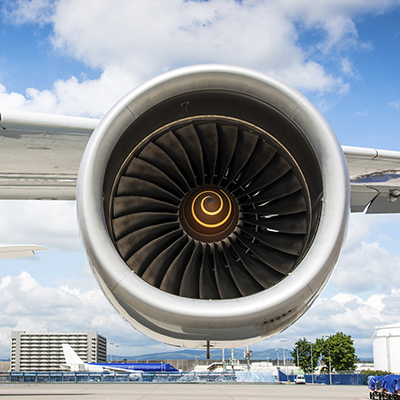The 2.4 x 1.8m wind tunnel facility was designed to test and develop air vehicle performance. The wind tunnel is a closed return design with very low freestream turbulence.
The wind tunnel can be configured with a fixed or moving ground plane with a broad range of measurement equipment and flexible model support configurations. This results in a facility that is adaptable to suit all testing requirements.
Key facts
- 2.4 x 1.8m (8’x6’) working section.
- Closed test section.
- Closed return.
- Low turbulence flow, <0.1%.
- 5m/s to 50 m/s wind speed.
- Six axis under-floor strain gauged balance.
- Six axis internal strain gauged balance.
- Multi-port pressure scanning system.
- Four channel hot wire anemometer.
- High speed particle image velocimetry (PIV).
- Multiple smoke filament flow seeding.
Summary of applications
- Fixed and moving ground automotive development and performance evaluation.
- Sub-scale full aircraft.
- UAV testing.
- 2D aerofoil testing.
- Component testing.
Using the facility
An extensive range of testing is available, including aircraft and unmanned aerial vehicle (UAV) flight performance; component evaluation; aerofoil force generation and pressure measurement; engine intakes and propeller performance. The wind tunnel has an under-floor strain gauged balance to test and develop road vehicles with scales from 25% to 50% at speeds of up to 45m/s. The automated yawing floor allows for many test runs in short period of time. The tunnel has a closed loop format that enables a continuous flow of low turbulence air over the model. A high speed particle image velocimetry (PIV) system can be incorporated into the tunnel for optical flow pattern measurements.
A powered moving belt system can be installed to simulate the ground moving under the fixed vehicle. With the use of an internal balance, aerodynamic forces and moments generated on the vehicle structure are measured. Combined with an automated strut system, many measurements can be taken rapidly over a range of vehicle ride-height and pitch conditions. Wheel holding load cells measure the aerodynamic drag of each wheel simultaneously.
Recent research includes:
- Unsteady pressure measurements in diffusers and wheel wakes for vehicle drag reduction;
- Assessment of add-on technologies for aircraft and their impact on loading;
- Noise assessment of overhead line insulators;
- Production car vehicle aerodynamics using bespoke, yawable underfloor balance system for vehicle development (SAIC Motor Corporation);
- HGV force and pressure measurements for development of novel drag reduction technologies (Hatcher Components).



